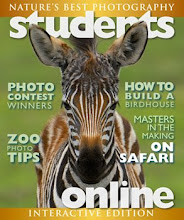
Brown hares are one of my favourite species to photograph. From late February to the end of March I repeatedly visit a location that supports a healthy population of these mystical animals.
Open grassland and arable farms are the hare's preferred habitat. This can cause difficulty when it comes to spotting them, as their caramel/brown fur is perfectly camouflaged with their surroundings.
At this time of year, before the grasses grow too high, the hare's presence can often be revealed as they chase each other across the open fields. I have only ever been lucky enough to witness hares 'boxing' once in a distant field. This behaviour is often thought to be rival male hares fighting over a female, but in fact it is actually the female hares fighting off males unwanted advances. Usually this behaviour is exhibited very early in the morning, or around dusk.
Over the next few weeks I am aiming to spend many early mornings and evenings sitting and waiting in the hope of photographing the Mad March Hare.
I will continue to post with my progress.
- Jodie














